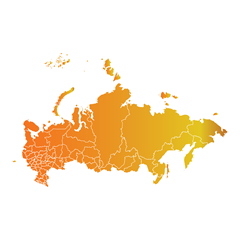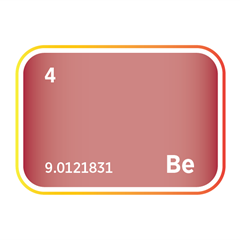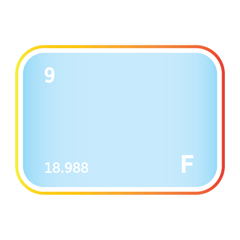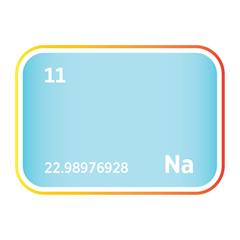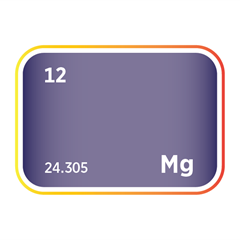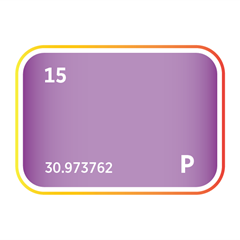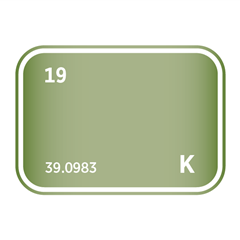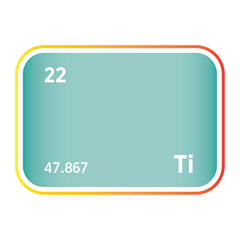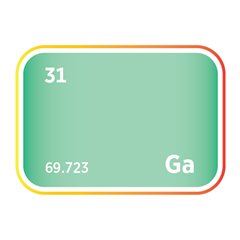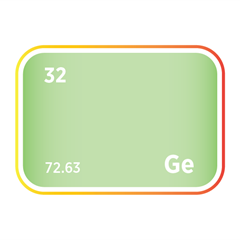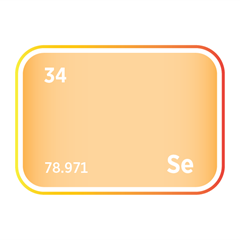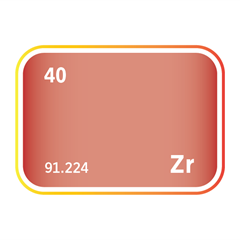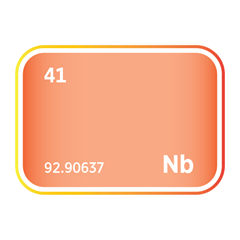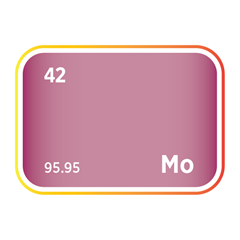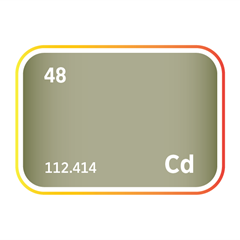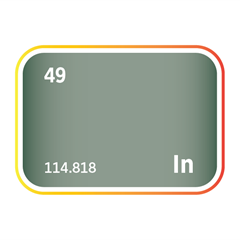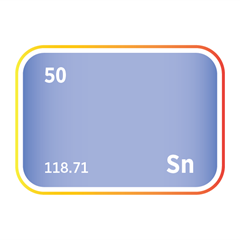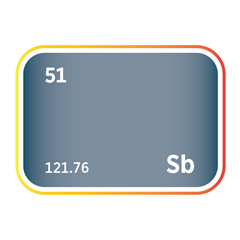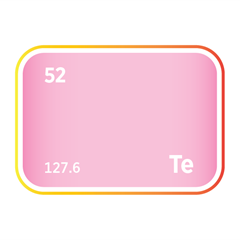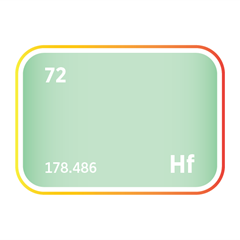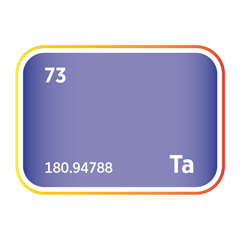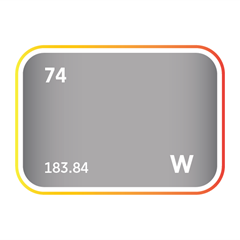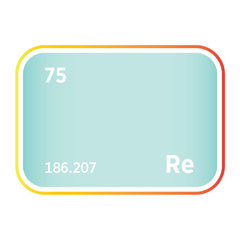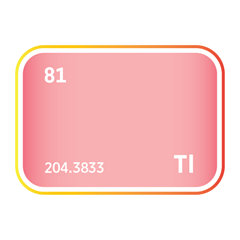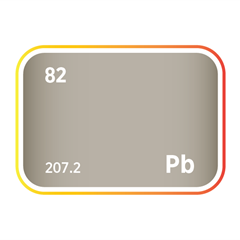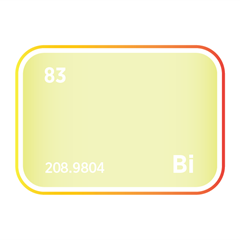Silver
Critical Minerals and The Energy Transition
Navigating the Silver Market
Silver, a dual-purpose metal prized for both its monetary legacy and industrial utility, is increasingly at the centre of geopolitical, economic, and technological transitions. While historically associated with coinage and investment, silver is now indispensable in modern infrastructure, from solar panels and 5G networks to medical equipment and electric vehicles. Over 70% of supply comes as a by-product of lead, zinc, copper, and gold mining, with major producers concentrated in Mexico, Peru, China, and Russia, each carrying distinct geopolitical risk profiles. As demand rises through the energy transition and digitalisation, supply chains face pressure from declining ore grades, tightening environmental regulations, and growing scrutiny over critical mineral access. In this context, silver has re-emerged as a strategically sensitive resource, caught between industrial necessity, financial speculation, and shifting global power dynamics.
An introduction to silver
Silver demand and end-uses
Silver is a precious metal with unmatched electrical conductivity, thermal performance, and reflectivity, making it indispensable across a broad spectrum of industrial, technological, and decorative applications. Its dual identity as a high-performance material and a monetary asset gives silver a uniquely diverse demand profile, spanning electronics, energy, healthcare, jewellery, chemical processing, and investment.
Industrial demand remains the dominant force in the silver market, led by its extensive use in the electronics sector. Silver’s superior conductivity is critical to circuit boards, solder, switches, and conductive pastes, enabling fast, efficient power flow in everything from smartphones and laptops to electric vehicles and industrial automation. As automotive electrification accelerates and digital infrastructure expands, silver’s role in power electronics, battery systems, and connectivity solutions is becoming increasingly central.
The energy transition has reinforced silver’s importance through its use in photovoltaic solar cells. Silver paste forms the conductive contacts in crystalline silicon panels, directly supporting solar power generation. While manufacturers are reducing silver loading per cell, global solar deployment is growing rapidly, particularly in China, the US, India, and Europe, driving continued demand. Silver is also being investigated in emerging solar technologies, including perovskite tandem and heterojunction cells, where its conductivity and reflectivity are essential to performance.
In healthcare, silver is valued for its antimicrobial properties. It is used in wound dressings, hospital surfaces, surgical instruments, and water purification systems to inhibit the spread of infection. These applications have expanded in recent years with the growing demand for antimicrobial coatings in clinical and consumer settings. Silver’s biological role, albeit in trace amounts, also underpins its inclusion in dietary supplements and hygiene products.
Silver has a longstanding cultural and economic role in jewellery and silverware, particularly in India, China, and Turkey, where it is used for adornment, gifting, and wealth preservation. Its aesthetic appeal, malleability, and affordability make it popular across a broad consumer base, supporting a stable demand source sensitive to economic cycles and disposable income levels.
Though its use in photography has declined with the rise of digital imaging, silver halide remains important in specialised film and X-ray markets, particularly for non-digital medical and industrial diagnostics. Meanwhile, silver acts as a catalyst in industrial chemistry in processes such as formaldehyde and ethylene oxide production, supporting applications in plastics, textiles, and synthetic materials.
Investment demand forms a crucial pillar of the silver market. Silver has long been held as a store of value and a hedge against inflation, currency depreciation, and economic volatility. Investors access silver through physical bullion, coins, bars, and exchange-traded products, with demand rising during financial uncertainty or when real interest rates turn negative. The metal’s dual nature allows it to behave as a precious and industrial asset, making it attractive to investors seeking diversification and exposure to the energy transition.
Silver supply is derived from primary silver mines and as a by-product of lead, zinc, copper, and gold extraction. Major producers include Mexico, Peru, China, and Russia. Recycling, particularly from end-of-life electronics, jewellery, and photographic waste, contributes a substantial share of global supply and is becoming increasingly important as environmental regulations tighten and circular economy models expand.
Silver is set to benefit from long-term structural drivers, including clean energy deployment, electrification, antimicrobial innovation, and financial market dynamics. While substitution pressures exist in cost-sensitive applications, silver’s exceptional properties ensure it remains challenging to replace in many high-value uses. Regulatory developments, ESG scrutiny of mining operations, and efforts to secure critical mineral supply chains are also expected to shape future availability.
With its unique combination of technical performance, monetary appeal, and strategic versatility, silver continues to play a vital role across legacy industries and emerging technologies. As the world transitions to a more electrified and resilient economy, silver’s position as a critical industrial material and a trusted investment asset is only set to strengthen.
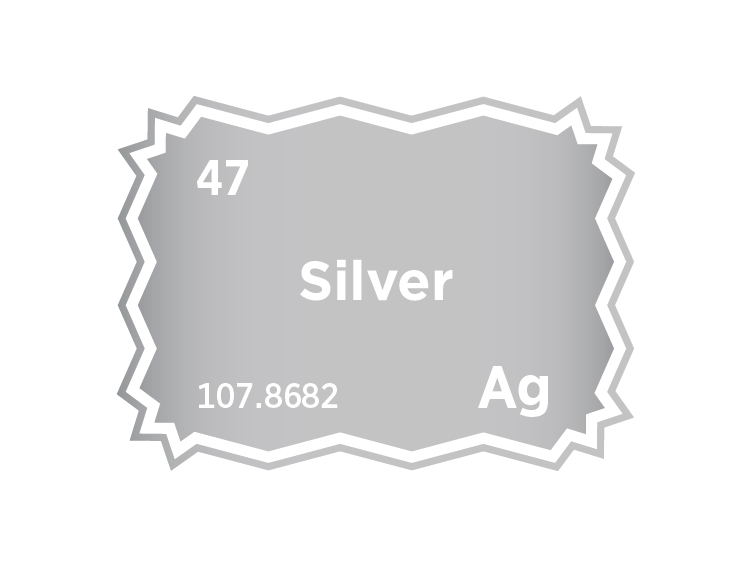
Silver supply
Silver supply is geographically diverse but increasingly shaped by the shifting dynamics of industrial demand, declining ore grades, and the growing significance of by-product recovery. While historically mined for its monetary and ornamental value, silver today is largely driven by its role in industrial processes, particularly in electronics, photovoltaics, and medical applications. Global supply is sourced through a combination of primary silver mining and by-product extraction from base metal operations, with geopolitical developments, energy costs, and ESG compliance playing an ever greater role in shaping output trends and future availability.
Approximately 70% of silver supply comes as a by-product of mining for other metals—primarily lead, zinc, copper, and gold. As such, silver production is often indirectly influenced by demand and pricing in these adjacent markets. This by-product nature introduces a degree of supply inelasticity: when copper or gold prices fall, silver production may decline regardless of silver market conditions. Conversely, elevated demand for base metals can boost silver output without corresponding investment in silver-specific capacity. This dynamic creates supply volatility and complicates long-term production planning for industries reliant on consistent silver input.
Primary silver mines, while fewer in number, remain strategically important. Countries such as Mexico, Peru, China, Russia, and Bolivia dominate global silver output. Mexico is the world’s largest silver producer and home to several major primary silver operations. Peru, with its high-altitude polymetallic deposits, is also a critical source of both primary and by-product silver. China produces substantial silver as a by-product of lead and zinc refining, while Russia’s silver production is closely tied to its large gold and copper mining sector. These supply centres, while geographically spread, are subject to environmental regulation, local community dynamics, and, increasingly, geopolitical tensions—factors that can significantly disrupt export flows and investor confidence.
Ore grade decline is a persistent concern for long-term supply security. Average silver grades at many long-established mines have been falling, particularly in Latin America, which has led to higher production costs and reduced recovery rates. Technological improvements in ore processing and heap leaching have helped offset some of these declines, but the need to process more material for the same output has increased energy intensity and environmental impact, leading to higher scrutiny from regulators and financiers. New discoveries have been limited in recent years, with exploration investment often diverted towards gold or copper prospects offering higher returns and broader market interest.
The refining and processing segment of the silver supply chain is equally important. Silver is typically refined through electrolytic processes or smelting alongside lead and copper concentrates. Key refining centres include China, Germany, Japan, and Canada, where silver is recovered from base metal concentrates or scrap. Increasing regulatory pressure around emissions, water use, and trace elements such as arsenic and antimony is raising the bar for ESG compliance in silver metallurgy, with consumers and institutional buyers demanding greater traceability and lower embedded carbon in finished silver products.
Recycled silver contributes roughly 15–20% of global supply, mainly from electronic waste, jewellery, and photographic materials. While the recycling rate for silver is relatively robust in industrial economies, collection infrastructure and economic incentives remain inconsistent globally. Silver’s dispersion in low-concentration devices and alloys, especially in electronics and solar panels, makes recovery complex and often uneconomic without dedicated systems. Nonetheless, urban mining and circular economy initiatives are gaining attention, particularly as silver content in photovoltaic cells and 5G infrastructure raises the value of end-of-life material streams.
Investment demand, particularly in the form of bullion, coins, and ETFs, also exerts indirect pressure on silver supply chains. During periods of market instability, inflationary pressure, or geopolitical uncertainty, physical silver purchases often rise sharply. This speculative demand does not directly influence mine output but can create short-term supply imbalances and affect the allocation of refined metal between industrial users and investors. Minting demand, especially in North America and Europe, competes with industrial off-take, and in tight markets can lead to delayed deliveries or price spikes.
Silver’s critical role in clean energy technologies, particularly solar photovoltaics, is reshaping the demand–supply balance. With solar panel production projected to grow rapidly, silver paste used in photovoltaic cells is becoming a structurally significant driver of demand. Innovations are being pursued to reduce silver content per cell, but aggregate demand is still expected to rise. This has led some analysts to flag potential supply constraints in the second half of this decade, particularly if exploration and recycling do not keep pace.
Looking ahead, the outlook for silver supply will depend on several converging factors: the trajectory of base metal production, investment in primary silver mining, efficiency of recycling systems, and the ability of producers to navigate environmental and geopolitical risk. Given silver’s dual role as both a precious and industrial metal, its supply chain must respond to the needs of high-tech manufacturing, ESG-minded consumers, and financial markets simultaneously.
Current mine production of silver in North and Central America
Current mine production of silver in Asia
Current mine production of silver in the Middle East
Current mine production of silver in Southeast Asia
Current mine production of silver inAustralasia
Silver substitution
Silver substitution is actively pursued across multiple industries, driven by cost pressures, supply chain constraints, and the search for more sustainable or abundant alternatives. While silver possesses a unique combination of properties, including high electrical and thermal conductivity, antimicrobial effects, reflectivity, and chemical stability, that make it highly valuable in industrial applications, its relatively high cost and scarcity have spurred the development and adoption of substitutes where performance can be adequately maintained or tailored.
Silver’s role as the most conductive metal in electronics makes it indispensable in applications such as circuit boards, switches, conductive inks, and solder. However, copper is the most common substitute, particularly in lower-end or cost-sensitive products. While copper has slightly lower conductivity and is more prone to oxidation, it offers significant cost savings and is widely available. Advances in alloying and surface treatments have improved copper’s performance in high-frequency and miniaturised circuits. In specific applications, aluminium is also used as a substitute, particularly in printed circuits and antennae, where conductivity and weight are balanced. However, aluminium’s higher contact resistance and lower solderability limit its use in complex electronics.
In photovoltaics, silver is used in conductive pastes that form the front contacts of crystalline silicon solar cells. Substitution efforts in this sector are particularly active, as the volume of silver required scales with solar deployment. Researchers are exploring copper-based pastes and nickel-plated contacts, which can replicate the conductive function of silver at a lower cost. These alternatives, however, introduce trade-offs in efficiency, reliability, and manufacturing complexity. Some solar manufacturers have already begun reducing silver content per cell through improved screen-printing techniques and finer contact lines. Still, complete substitution remains challenging without compromising performance, especially in high-efficiency modules.
In soldering, silver is frequently used in lead-free alloys, especially in electronics where reliability and thermal stability are critical. Substitutes include tin–copper, tin–bismuth, and tin–zinc alloys, which can offer adequate mechanical strength and melting points for less demanding applications. These alternatives are often adopted in consumer electronics and automotive systems, where cost and availability are prioritised over longevity. However, in aerospace, defence, and high-performance computing, silver-containing solders continue to dominate due to their superior fatigue resistance and conductivity.
Silver has long been used in coatings, textiles, medical devices, and water purification in antimicrobial applications due to its broad-spectrum efficacy against bacteria and viruses. Alternatives include copper, zinc, and quaternary ammonium compounds, depending on the substrate and required antimicrobial duration. Copper, in particular, has demonstrated strong efficacy in high-contact environments such as hospitals and public transport, although it may tarnish more readily and requires a specific formulation for textiles. For topical and medical uses, chlorhexidine, iodine, and hydrogen peroxide are often used instead of silver-based products, albeit with different application constraints and safety profiles.
Silver provides exceptional reflectivity in mirrors and reflective coatings, particularly across the visible light spectrum. Aluminium is the main substitute, and it is used in commercial and industrial mirrors where a slightly lower reflectivity is acceptable. Aluminium is also preferred in space and solar thermal applications for its resistance to tarnishing and lightweight profile. While silver remains the material of choice for high-end optical instruments and telescopes, aluminium coatings dominate mass-produced products due to their affordability and processability.
In jewellery and decorative arts, silver is often substituted with stainless steel, aluminium, plated base metals, and silver-filled or silver-plated composites. These materials can mimic the appearance of silver at a lower cost and with greater tarnish resistance, though they lack the same intrinsic value and feel. Substitution is widely accepted in fashion jewellery but is less common in fine or investment-grade bullion, where purity and prestige are paramount.
Substitution is limited but not impossible in chemical catalysts, where silver is used in processes like ethylene oxide production. Though cost, selectivity, and reaction efficiency vary considerably, gold, platinum-group metals, and ceramic catalysts have been explored as alternatives. Silver's unique balance of activity and selectivity is tricky to match in many catalytic reactions, so substitution occurs only when economics or process conditions demand it.
Despite these efforts, silver remains tricky to substitute in many high-performance or high-purity applications, particularly where electrical conductivity and corrosion resistance are critical. Even where technical substitutes exist, regulatory standards, industry specifications, and legacy system compatibility often reinforce silver’s continued use. Moreover, substitution efforts in one sector (e.g. reducing silver in solar cells) may be offset by new applications in others (e.g. 5G infrastructure, automotive sensors, medical devices), sustaining baseline demand.
Looking forward, silver substitution will continue to be application-specific and economically driven. While alternatives such as copper, aluminium, and specialised alloys can displace silver in bulk industrial uses, high-end applications will likely retain silver due to its superior performance characteristics. Advances in material engineering, additive manufacturing, and surface coatings may improve the competitiveness of substitutes. Still, in a low-carbon, digital economy where efficiency and durability are paramount, silver will likely remain a critical material in numerous strategically essential sectors.




Meet the Critical Minerals team
Trusted advice from a dedicated team of experts.

Henk de Hoop
Chief Executive Officer

Beresford Clarke
Managing Director: Technical & Research

Jamie Underwood
Principal Consultant

Dr Jenny Watts
Critical Minerals Technologies Expert

Ismet Soyocak
ESG & Critical Minerals Lead

Thomas Shann Mills
Senior Machine Learning Engineer

Rj Coetzee
Senior Market Analyst: Battery Materials and Technologies

Franklin Avery
Commodity Analyst

How can we help you?
SFA (Oxford) provides bespoke, independent intelligence on the strategic metal markets, specifically tailored to your needs. To find out more about what we can offer you, please contact us.








